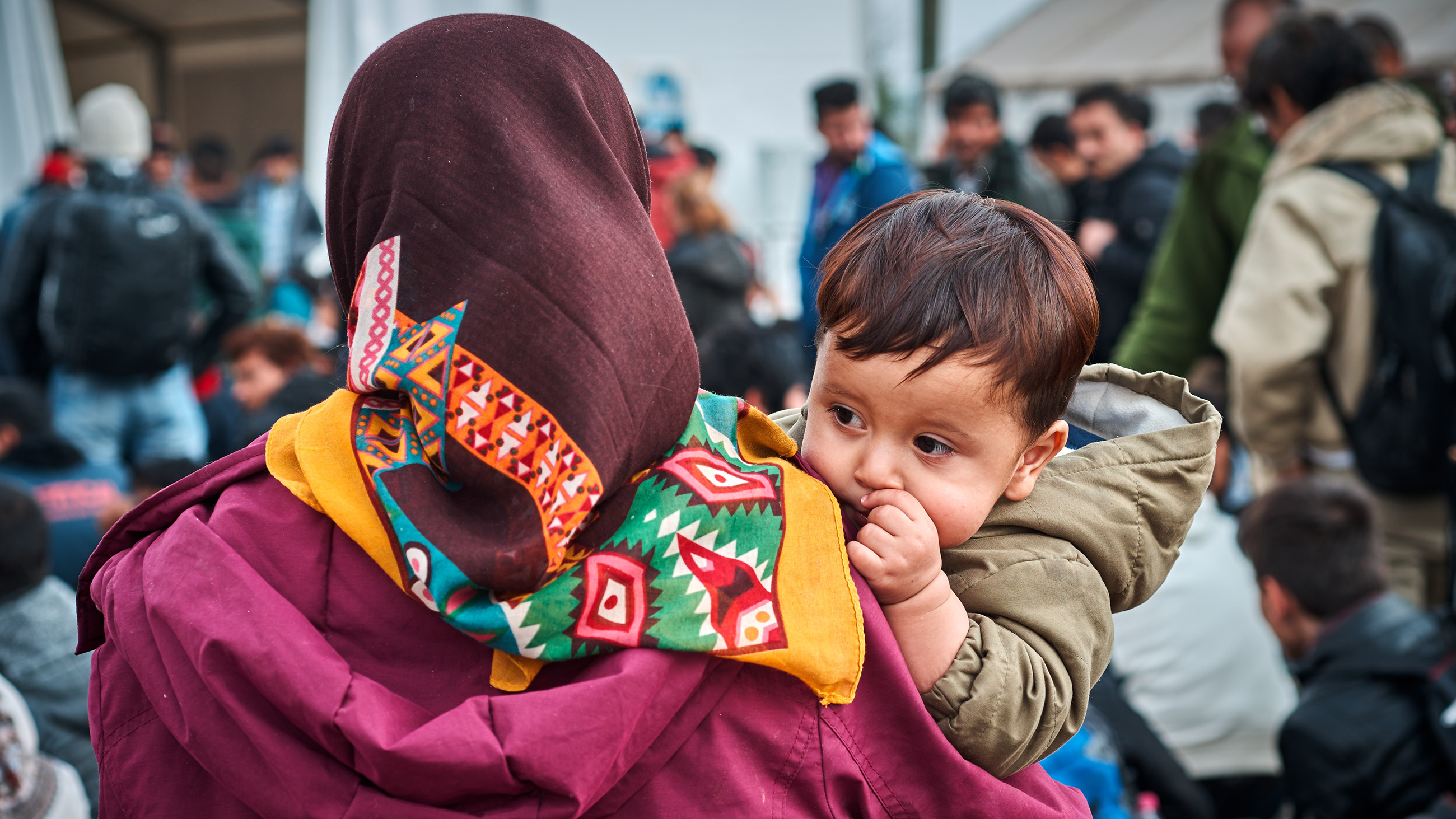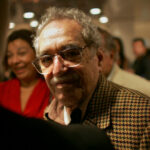Trump’s Immigration Ban Is Clueless About Refugees
The extent of Americans’ misunderstanding of terrorism and refugee immigrants became clear to Karen Culcasi a little more than a year ago.

A geographer at West Virginia University who studies the challenges faced by Syrian and Palestinian refugees due to displacement, Culcasi participated in a teach-in on campus three days after the November 2015 terrorist attacks in Paris, which left 130 people dead. Most of the perpetrators were citizens of France or Belgium. All had “spent time in Syria,” according to the Guardian, and the ringleader is thought to have entered France from Syria using a route through Greece commonly taken by Syrian war refugees, the Los Angeles Times reported.
“Afterward, I had a student come up to me,” Culcasi says. “She told me she didn’t know, until that night, that there was a difference between a refugee and a terrorist.”
Similar syllogistic confusion surrounds President Donald Trump’s executive order, “Protecting the Nation from Foreign Terrorist Entry into the United States,” issued last Friday.
The order suspends the entry of all refugees to the U.S. for 120 days and specifically calls the entry of refugees from Syria “detrimental to the interests of the United States.” The Trump administration later announced that the ban overall pertains to people from Iran, Iraq, Libya, Somalia, Sudan, Syria and Yemen.
The word “refugee” occurs in the document more than a dozen times. But according to Alex Nowrasteh, an immigration policy analyst at the Cato Institute, just three Americans were killed by refugees on U.S. soil between 1975 and 2015.
All three cases occurred in the 1970s, Nowrasteh adds, and the perpetrators were from Cuba. This is despite the 3.25 million refugees that were admitted to the country during that same 40 year time period.
Culcasi calls the link between refugees and terrorism completely false. “Refugees and terrorism are not the same thing,” she notes. But the media — and this notably includes the mainstream media — has played a part in promulgating misapprehensions surrounding the broader category of immigrants, according to a study published last month in the Journal of Race, Ethnicity and Politics.
The researchers analyzed the content and tone of nearly 7,000 stories about immigration published by The New York Times between 1980 and 2011. The attention given to immigration increased over time, and most of the stories were assessed as negative in tone and content. The team found a statistical link between these coverage trends and a shift among white people in the U.S. from identification with the Democratic Party to identification with the Republican Party.
In other words, the media can influence how white Americans identify with political parties by framing how they think about immigrants.
Political scientist Hans Hassell, at Cornell College in Mount Vernon, Iowa, is one of the study’s co-authors. He suspects there’s a similar negative bias today in media coverage of immigrants, but sees an opening for a shift.
A Reuters/Ipsos poll released Tuesday found that 49 percent of Americans agree with the immigration ban. The same poll showed that the ban had more support from Republicans than Democrats and, curiously, that most people did not think that the move would make them safer. Only a third of those queried expressed that belief.
“As this executive order is taking place, there have been a lot more stories about the good that immigrants are doing in communities,” Hassell says. “What remains to be seen is whether that will be enough to change the balance of how media coverage plays out and its effect on political partisanship.”
Culcasi herself is no fan of Trump’s executive order, but she hopes that it will provide an opportunity for people to learn about those who are fleeing Syria to escape the years-long civil war. According to UN Refugee Agency figures for 2015, Syrians represent 23 percent of the world’s 21.3 million refugees.
While performing field research in the summers of 2015 and 2016, Culcasi interviewed dozens of these refugees in Jordan. And none of them told her that they want to come to the U.S., she said. “These people want to go home,” she said. “They want home.”









